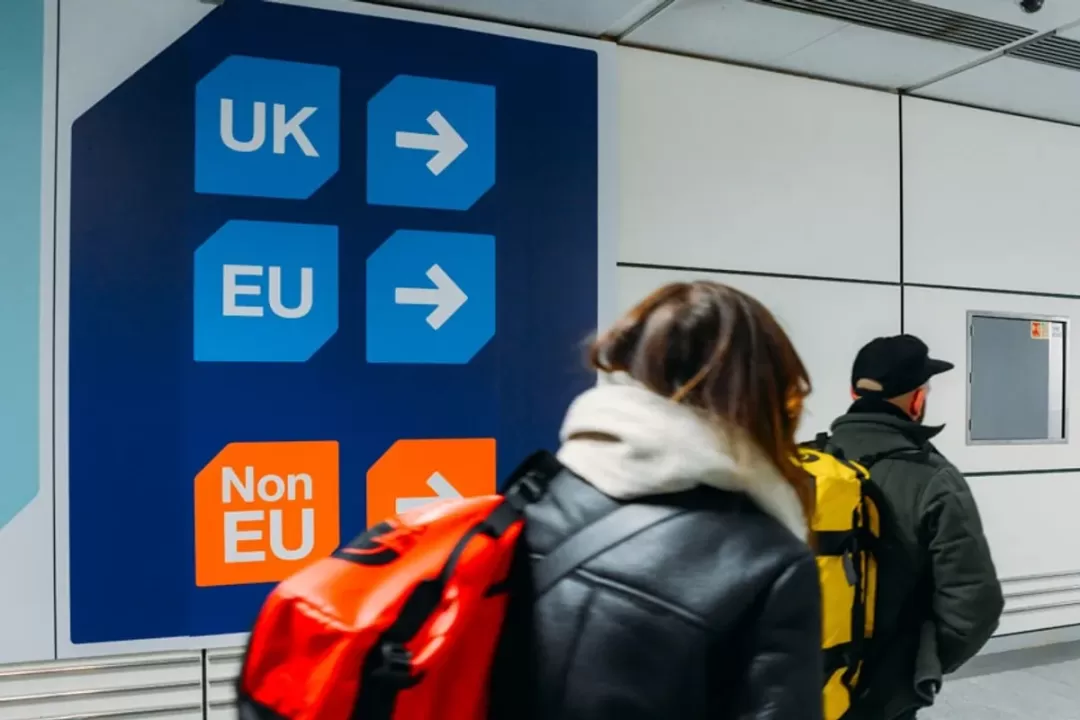Starting April 2, 2025, the UK will implement its Electronic Travel Authorization (ETA) system for European visitors, requiring a £10 fee, which will rise to £16 by April 9. This digital authorization, similar to the U.S. ESTA, aims to modernize immigration and enhance border security. The system, launched in January 2024 for non-visa-required countries like the U.S. and Canada, expands to include 30 European nations (excluding Ireland) and other select countries.

The ETA system requires travelers to apply online or via a mobile app, submitting a passport photo and facial scan. While most applications are processed quickly, travelers are advised to apply at least three days in advance. The fee, initially £10 and rising to £16, funds border security and digital infrastructure. The UK government anticipates issuing over 1.1 million ETAs by the end of 2024, streamlining entry for tourists, business travelers, researchers, and students.

The introduction of the ETA aligns with global trends, mirroring the upcoming European Union’s ETIAS system. It reflects a move towards digitalized border controls, emphasizing efficiency and security. Exemptions exist for UK residents, airside transit passengers, and diplomatic officials. Failure to obtain an ETA can result in denied boarding or entry refusal. This system marks a significant change in UK travel policy, impacting millions of European visitors and setting a precedent for similar programs worldwide.

What You Need to Know
- The UK’s ETA system requires European visitors to pay a fee.
- The fee is £10 starting April 2, 2025, and will increase to £16 by April 9, 2025.
- It’s a digital authorization system similar to the U.S. ESTA.
- Travelers must apply online or via a mobile app with passport photo and facial scan.
- Most applications are processed quickly, but apply at least three days in advance.
- Exemptions exist for UK residents, airside transit, and diplomatic officials.
- Failure to apply can result in denied boarding or entry.
- 30 European countries are impacted, excluding Ireland.
- This system is a move towards digital border control, similar to the EU’s ETIAS.
- This system is designed to improve security, and streamline the travel experience.
